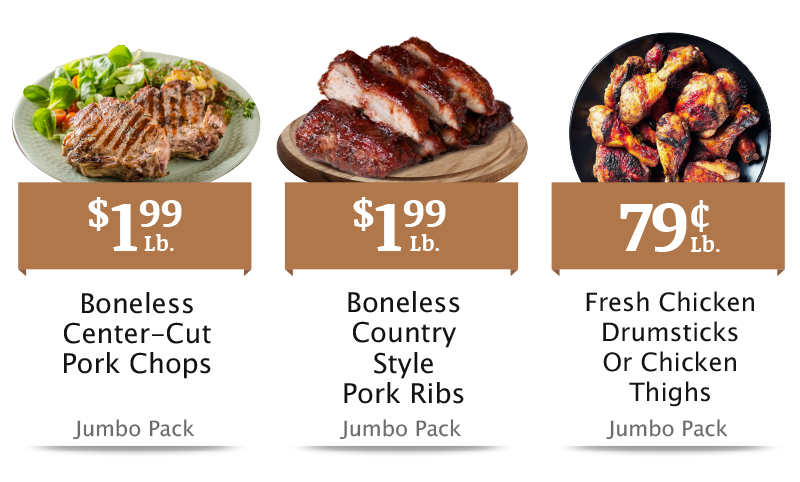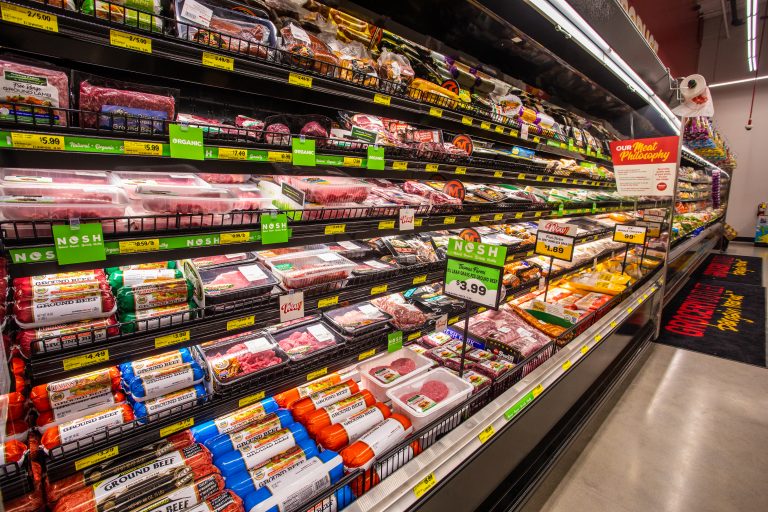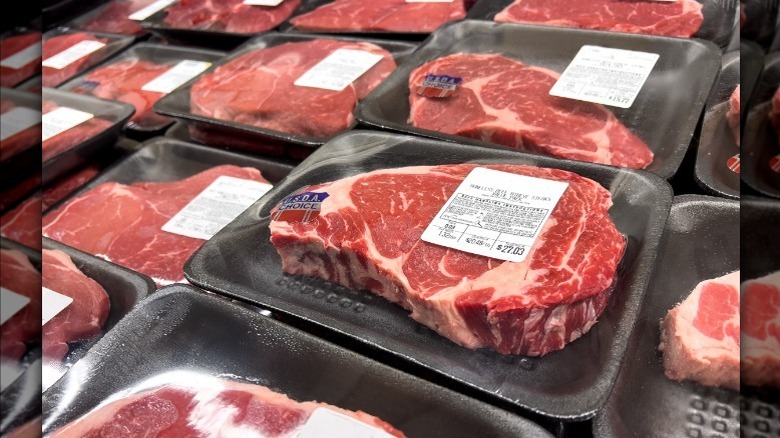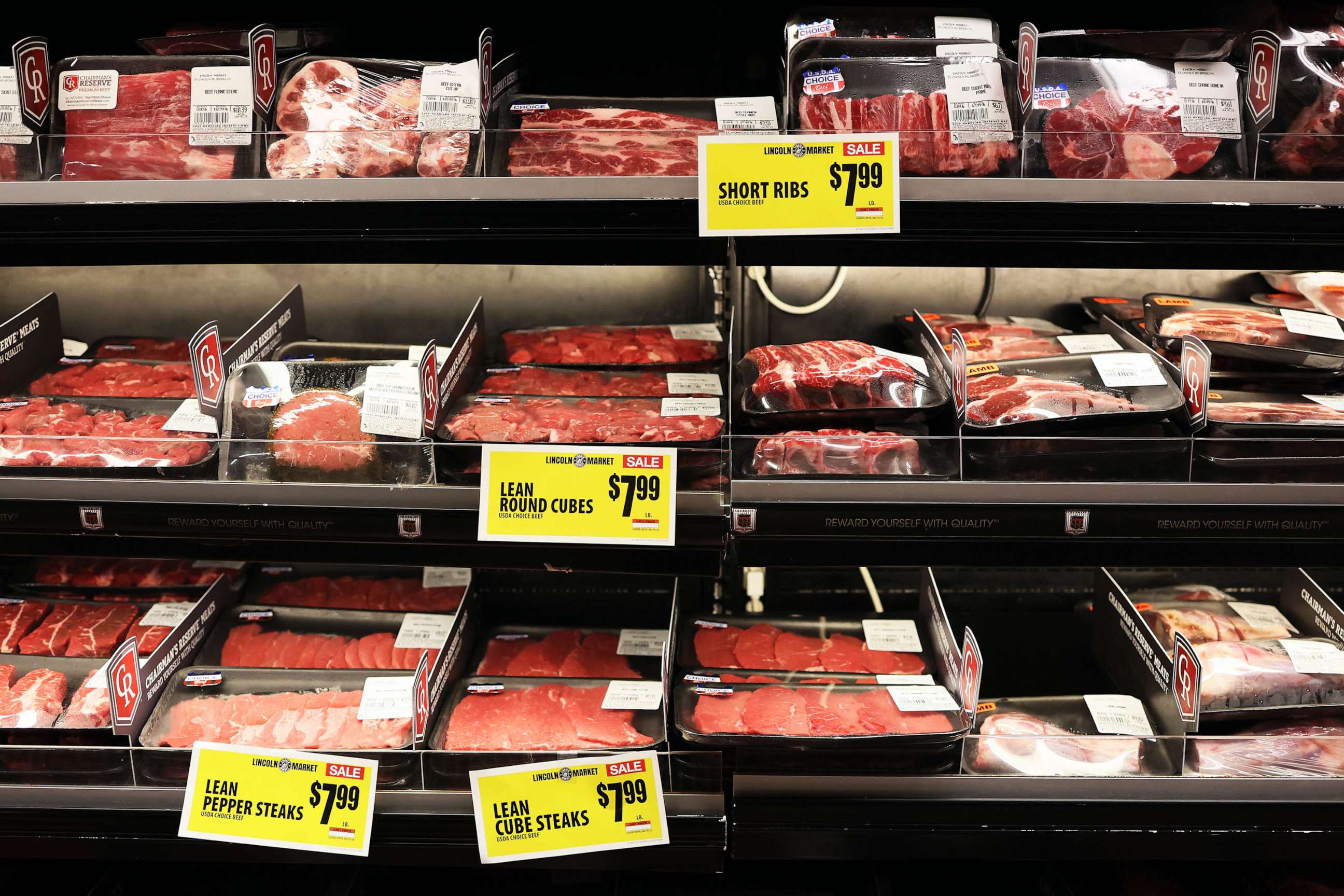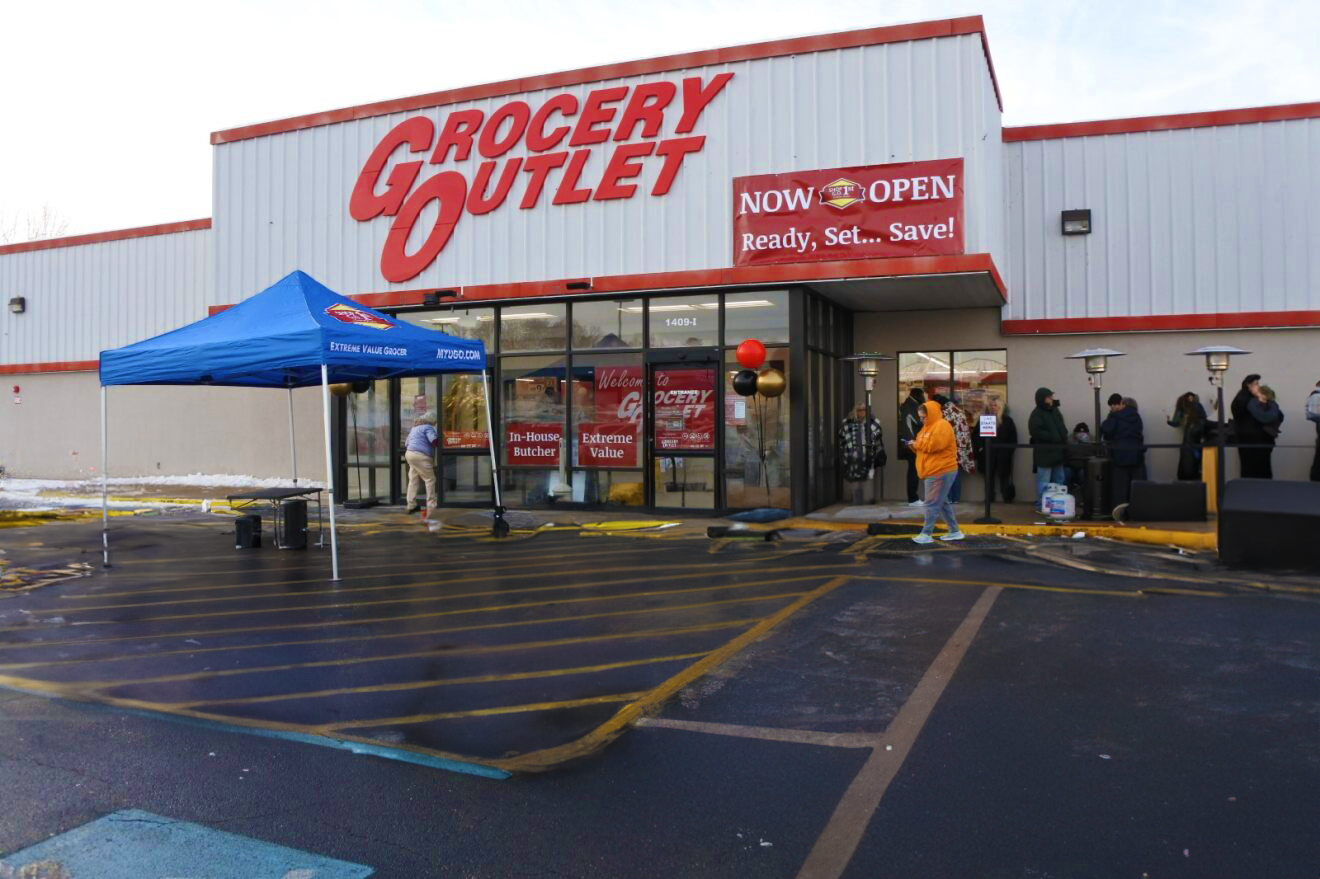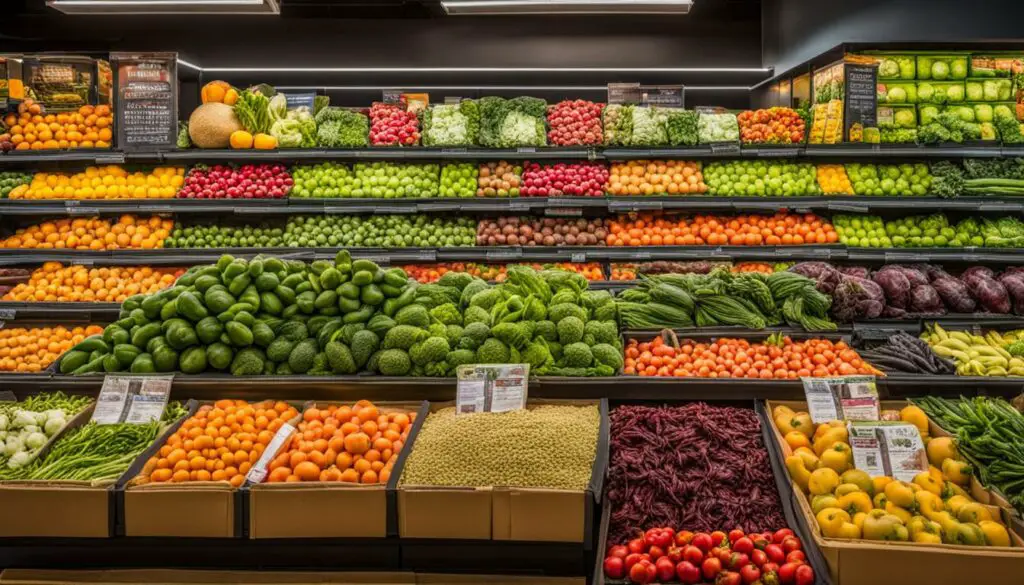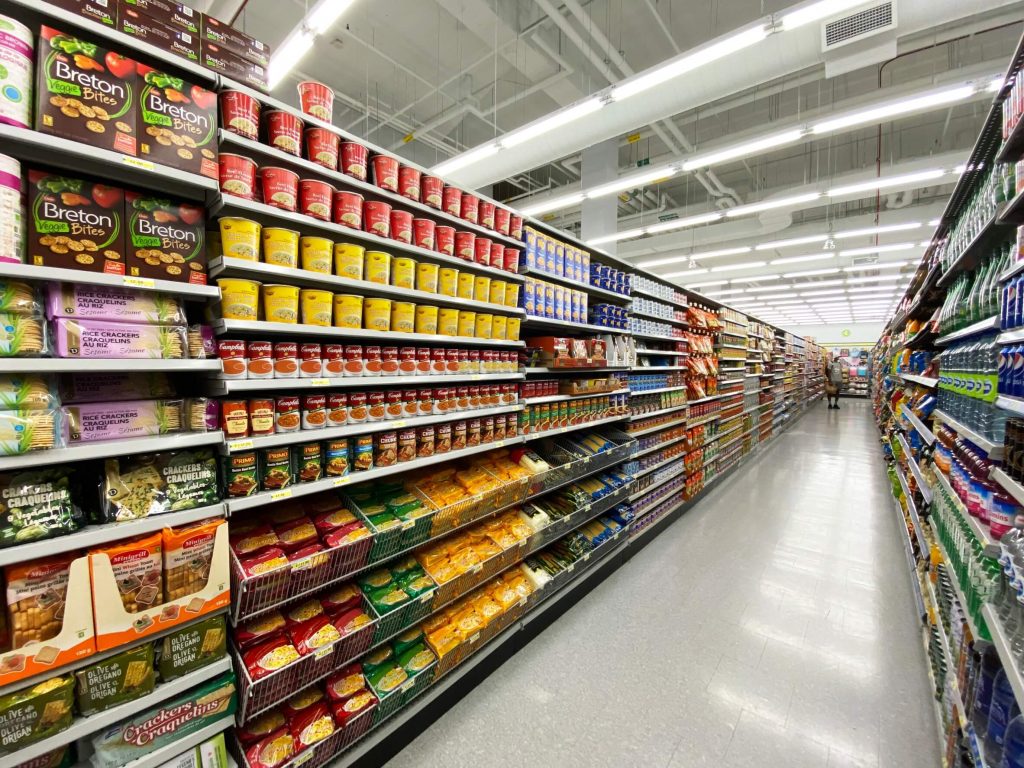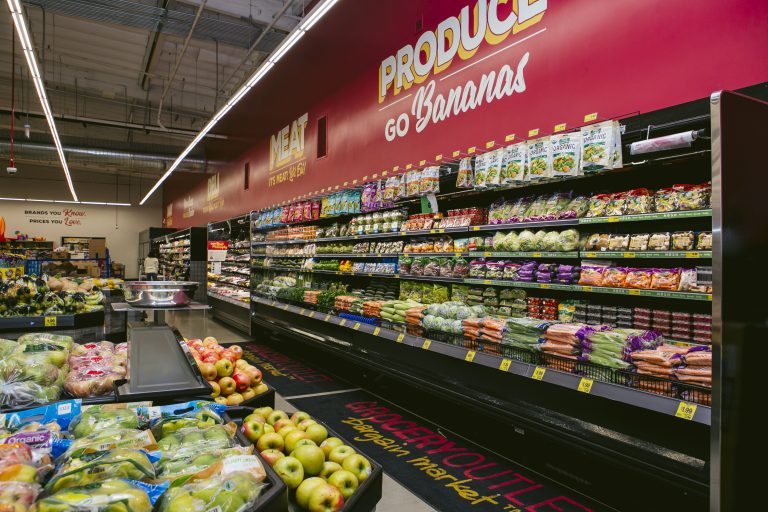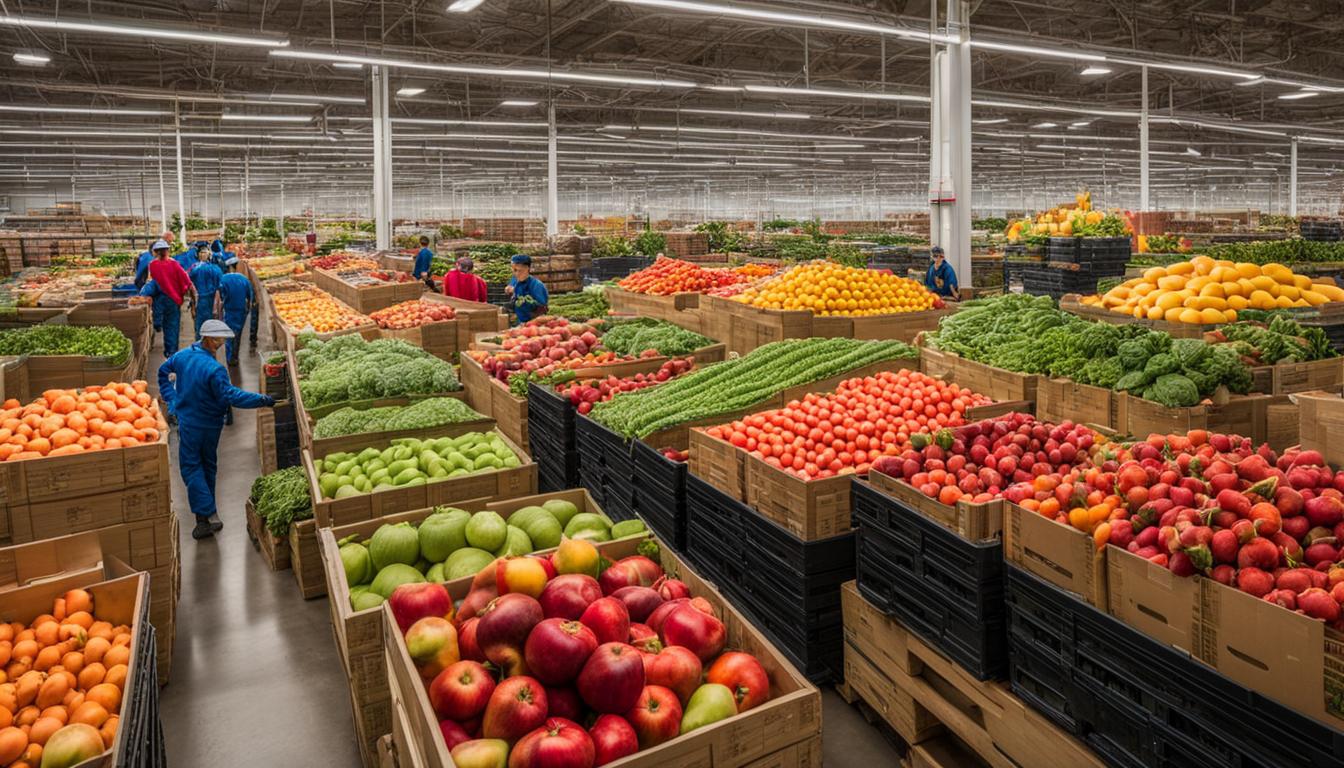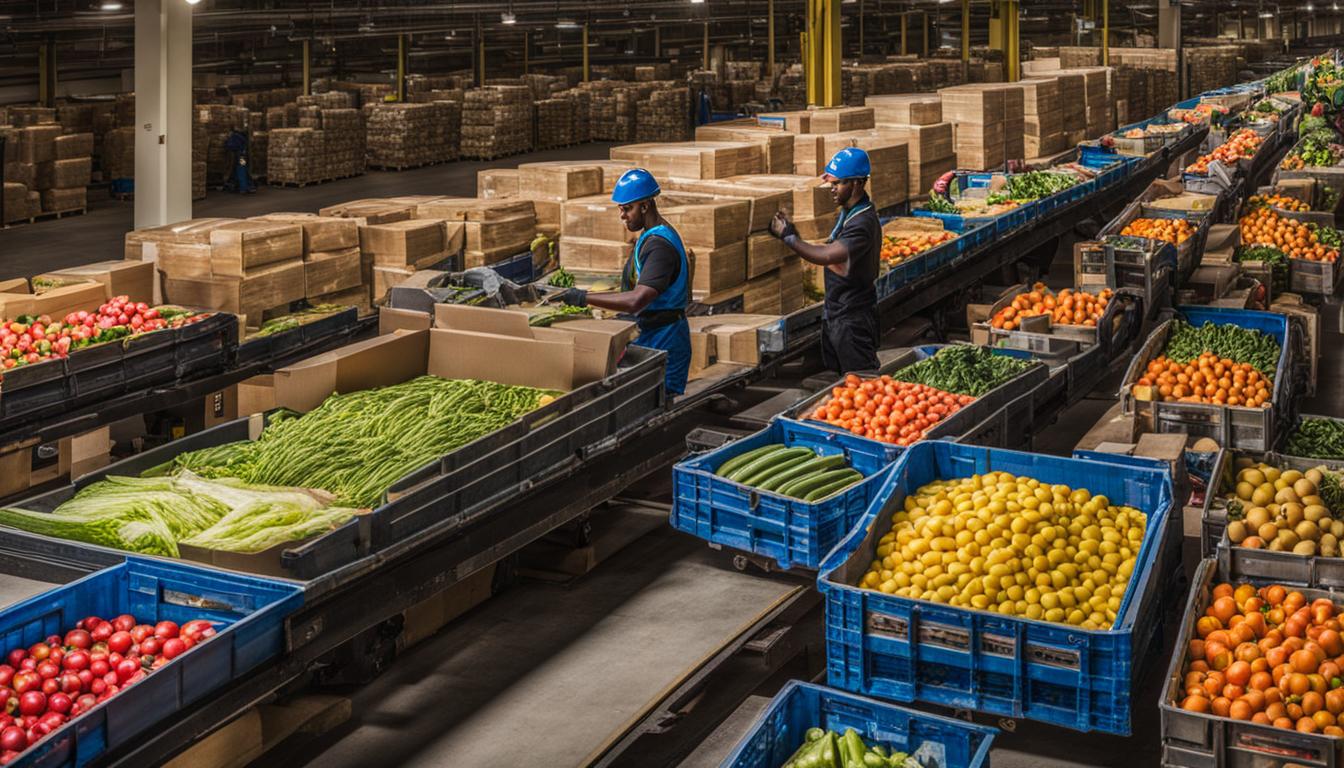Where Does United Grocery Outlet Get Their Meat
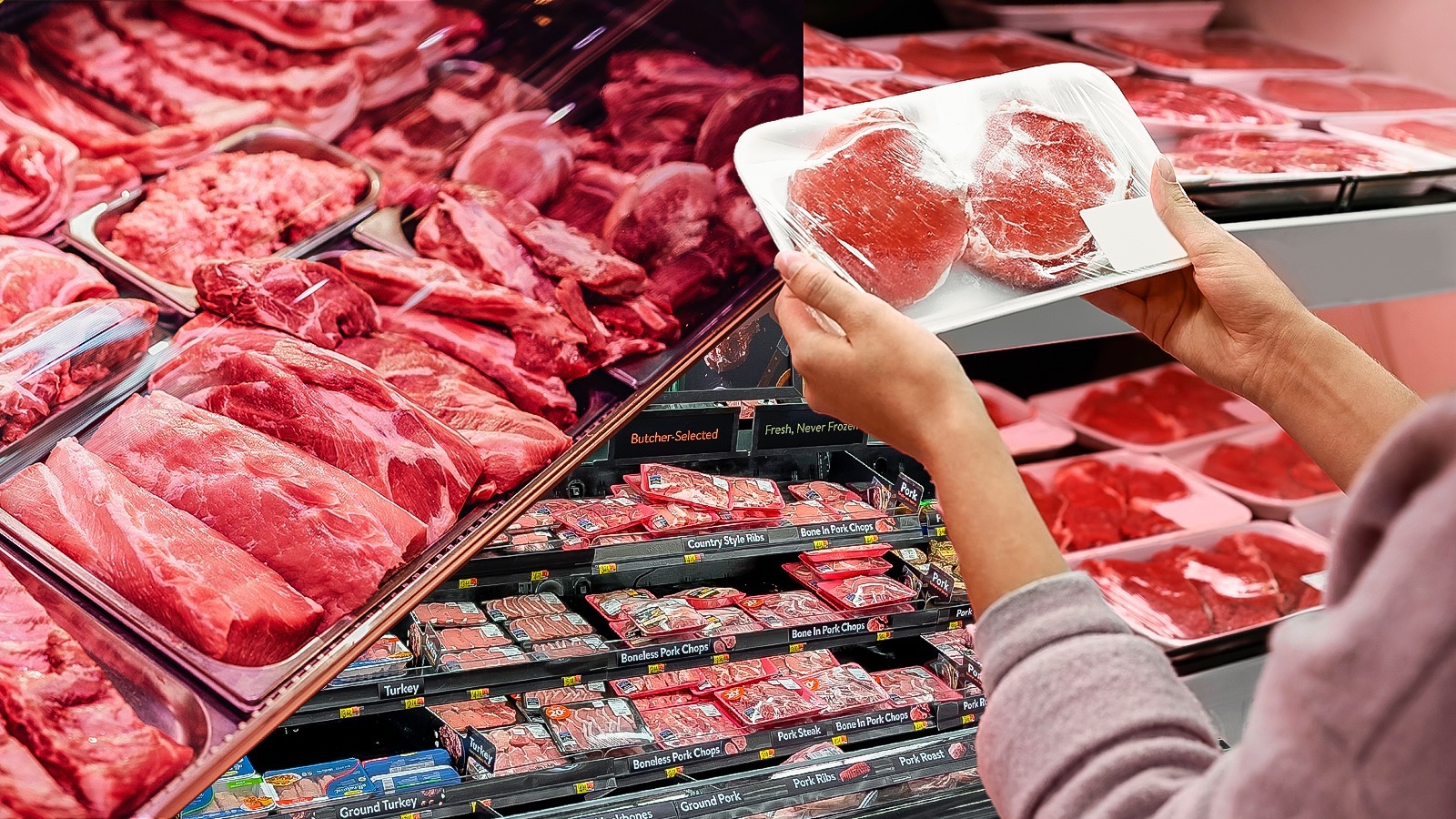
Concerns about food sourcing and quality are increasingly prevalent in today's consumer landscape. For budget-conscious shoppers, the question of where their food comes from, particularly meat, is often top of mind. This concern is amplified when shopping at discount retailers like United Grocery Outlet (UGO), prompting questions about the origins and quality of their meat products.
This article delves into the often-opaque supply chain of United Grocery Outlet, focusing specifically on their meat sourcing practices. It examines publicly available information, expert opinions, and industry trends to shed light on the pathways by which meat ends up on UGO's shelves, addressing consumer concerns and providing a clearer understanding of the retailer's procurement strategies.
Understanding UGO's Business Model
United Grocery Outlet operates under a unique business model, acquiring overstocked, discontinued, and short-dated merchandise from various suppliers.
This includes grocery items, household goods, and, notably, meat products.
Understanding this opportunistic purchasing strategy is key to understanding their meat sourcing complexities.
Opportunistic Purchasing and Its Implications
Unlike traditional grocery chains that rely on long-term contracts with specific meat processors, UGO's procurement is more fluid.
They purchase surplus inventory from manufacturers, distributors, and even other retailers.
This means the origin of their meat products can vary significantly and change frequently, making traceability a challenge.
The opportunistic nature of UGO's business model doesn't inherently equate to lower quality, but it does demand heightened scrutiny regarding sourcing transparency.
Because the meat sold at UGO is often excess product, it may be close to its sell-by date, or in packaging that is being phased out by other retailers.
This is how they are able to offer it to consumers at a discounted rate.
Sources of UGO's Meat Supply
Identifying the specific suppliers of United Grocery Outlet's meat products is difficult due to the constantly shifting nature of their inventory.
However, patterns and industry insights can reveal potential sources.
Major Meat Processors
Large-scale meat processors like Tyson Foods, JBS, and Cargill are likely sources of overstocked or discontinued meat products.
These companies often have contracts with numerous retailers and may find themselves with excess inventory due to fluctuations in demand or production.
UGO might purchase this surplus, allowing them to offer meat at lower prices.
Smaller Regional Suppliers
In addition to national processors, UGO also likely sources meat from smaller, regional suppliers.
These could be local meatpacking plants or distributors who experience similar inventory surpluses.
These regional connections could potentially offer UGO access to specialized or locally sourced meat products.
Other Retailers and Distributors
Another source of meat for UGO could be other retailers or distributors seeking to offload excess inventory due to store closures, product discontinuations, or logistical issues.
This type of sourcing is particularly opaque, as the original source of the meat might be several steps removed from UGO.
The Question of Traceability and Quality
The lack of a consistent supply chain raises concerns about traceability and quality control.
Consumers often rely on labels and certifications to understand where their meat comes from and how it was raised, but with UGO, this information might be limited or unavailable.
Labeling and Transparency
While UGO is required to adhere to standard labeling regulations, the information provided on the packaging might not always be comprehensive.
Origin labeling, which indicates the country of origin, is generally mandatory, but details about specific farming practices or animal welfare standards may be absent.
This lack of transparency can make it difficult for consumers to make informed purchasing decisions.
Quality Control Measures
Despite the complexities of its supply chain, UGO is responsible for ensuring the safety and quality of the meat it sells.
This includes proper storage, handling, and adherence to sell-by dates.
However, the risk of purchasing meat that is nearing its expiration date or has been improperly handled is arguably higher at discount retailers like UGO.
Consumer Considerations and Future Outlook
For consumers shopping at United Grocery Outlet, understanding the retailer's unique sourcing practices is crucial.
While lower prices can be attractive, it's essential to carefully inspect meat products for signs of spoilage, check sell-by dates, and be aware of the limited traceability information available.
Tips for Consumers
When purchasing meat at UGO, consumers should prioritize careful inspection of the packaging and the meat itself.
Look for signs of discoloration, unusual odors, or damaged packaging.
Checking the sell-by date is also crucial to ensure the meat is still safe to consume.
The Future of Sourcing Transparency
Increasing consumer demand for transparency in food sourcing may eventually pressure retailers like United Grocery Outlet to provide more detailed information about their meat suppliers.
This could involve implementing traceability systems or partnering with suppliers who prioritize transparency and sustainability.
For now, consumers must exercise caution and due diligence when purchasing meat from retailers with opaque supply chains.
Ultimately, the sourcing of meat at United Grocery Outlet remains a complex issue, driven by the retailer's opportunistic purchasing model. While the company offers cost-effective options for budget-conscious shoppers, it is incumbent upon the consumer to be aware of the limitations in tracing the origin and ensuring the quality of the products. As consumer demand for transparency grows, hopefully, retailers like UGO will evolve their practices to better meet these expectations. For now, however, caveat emptor – let the buyer beware.
